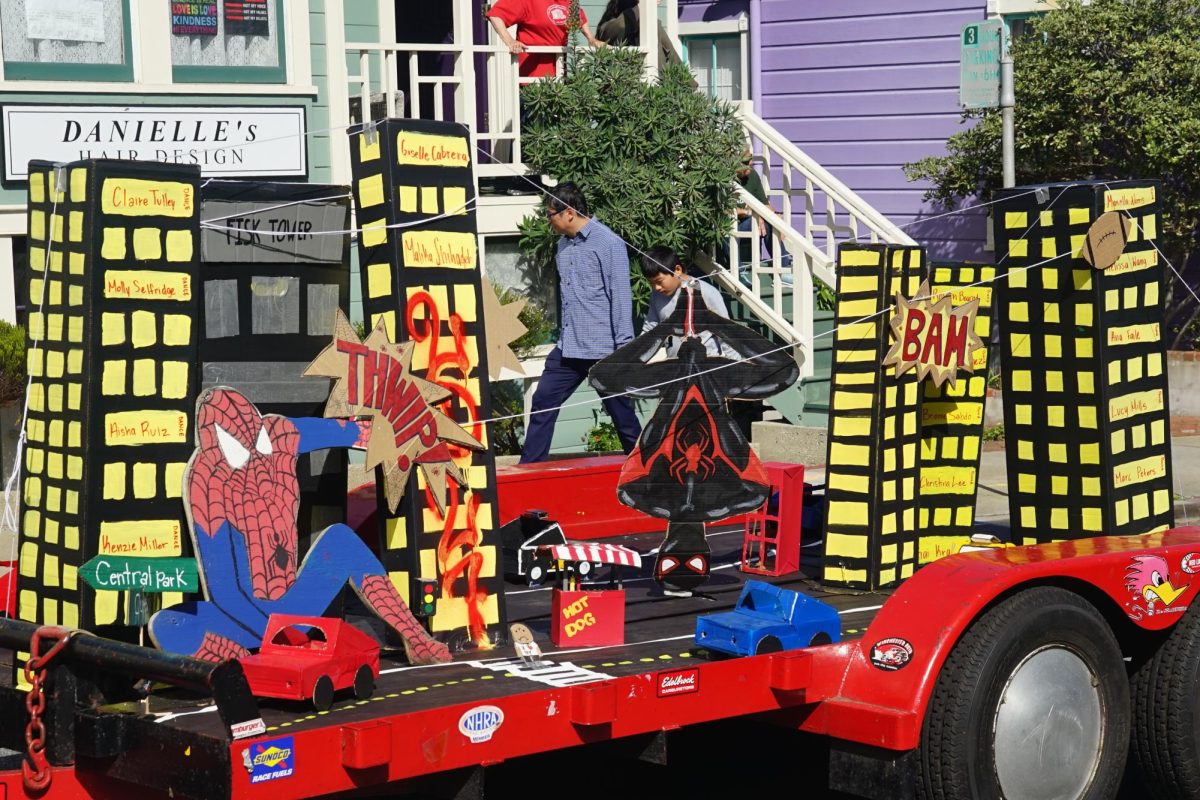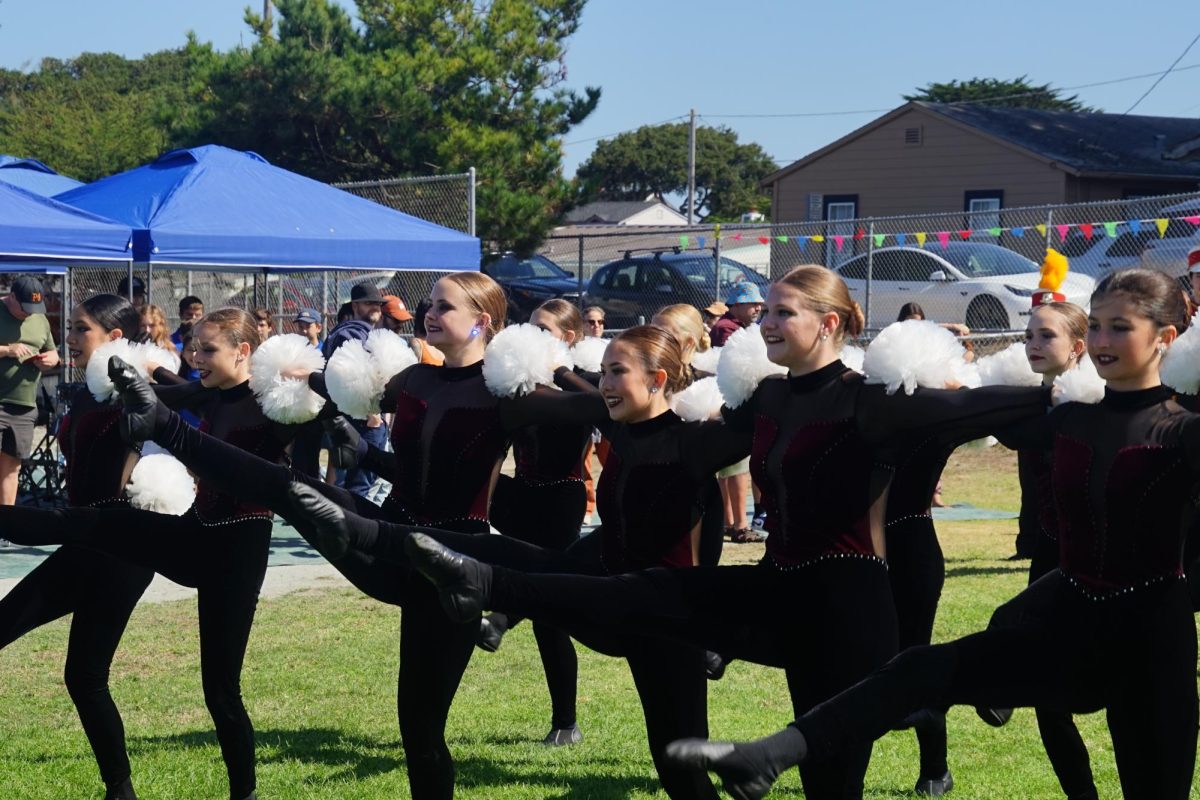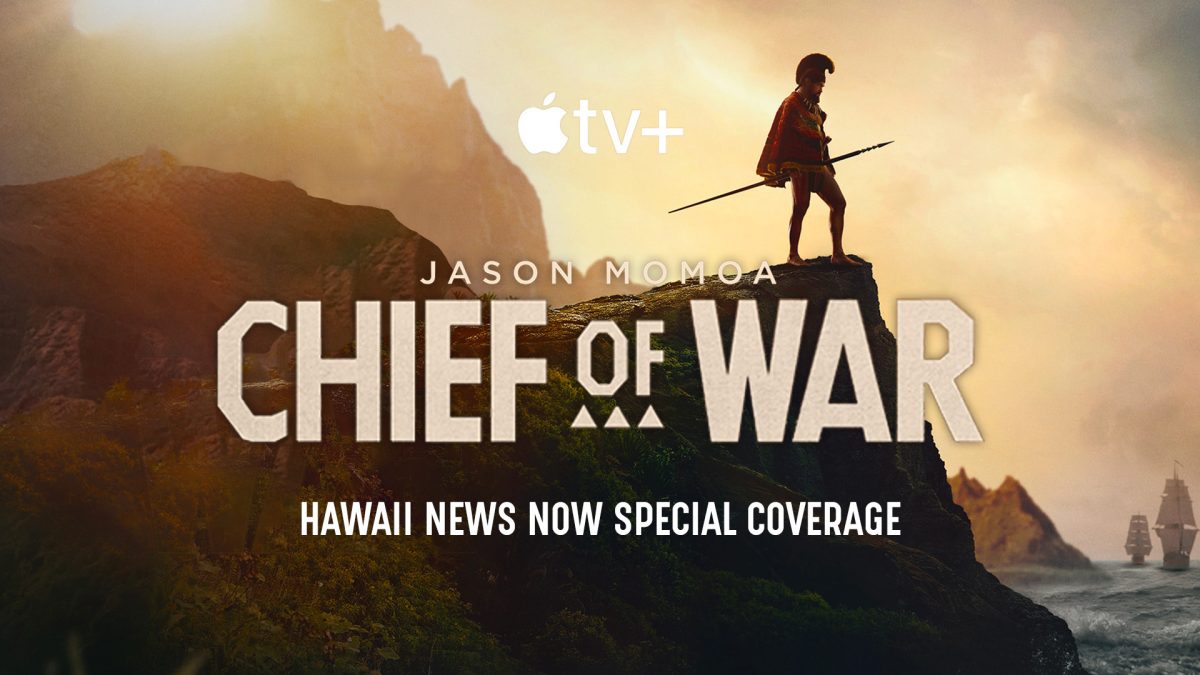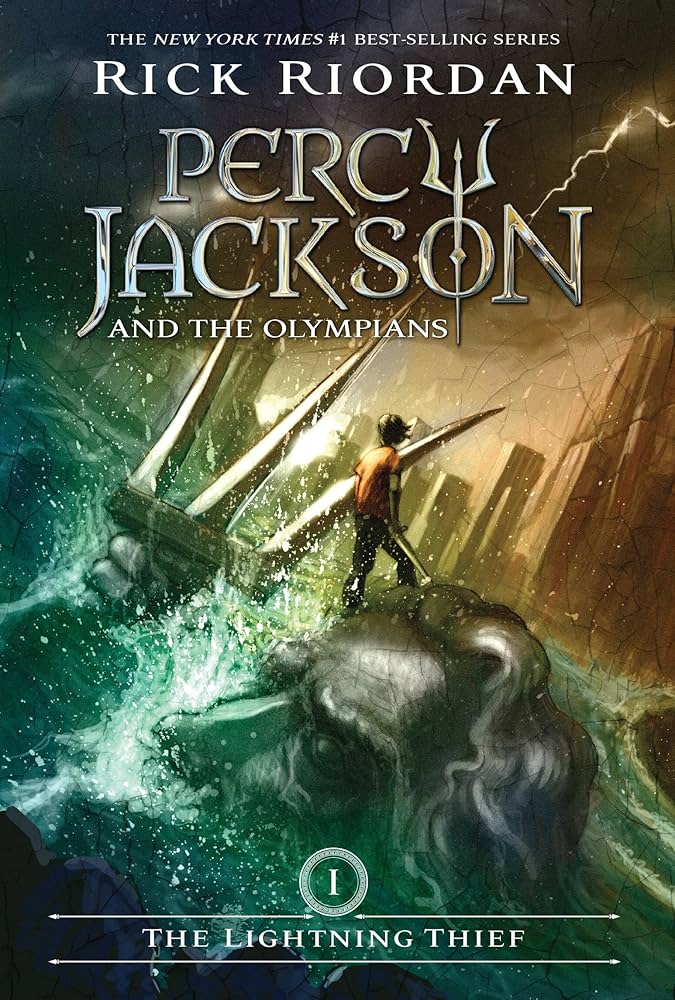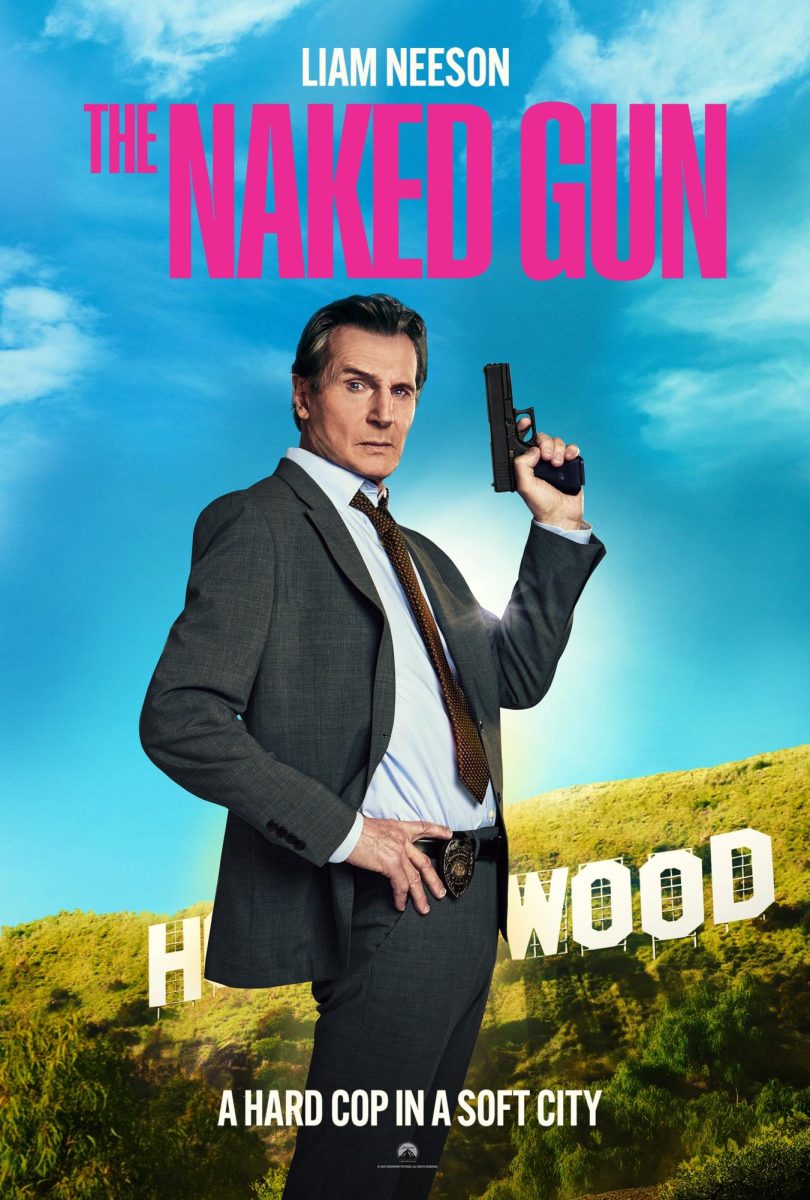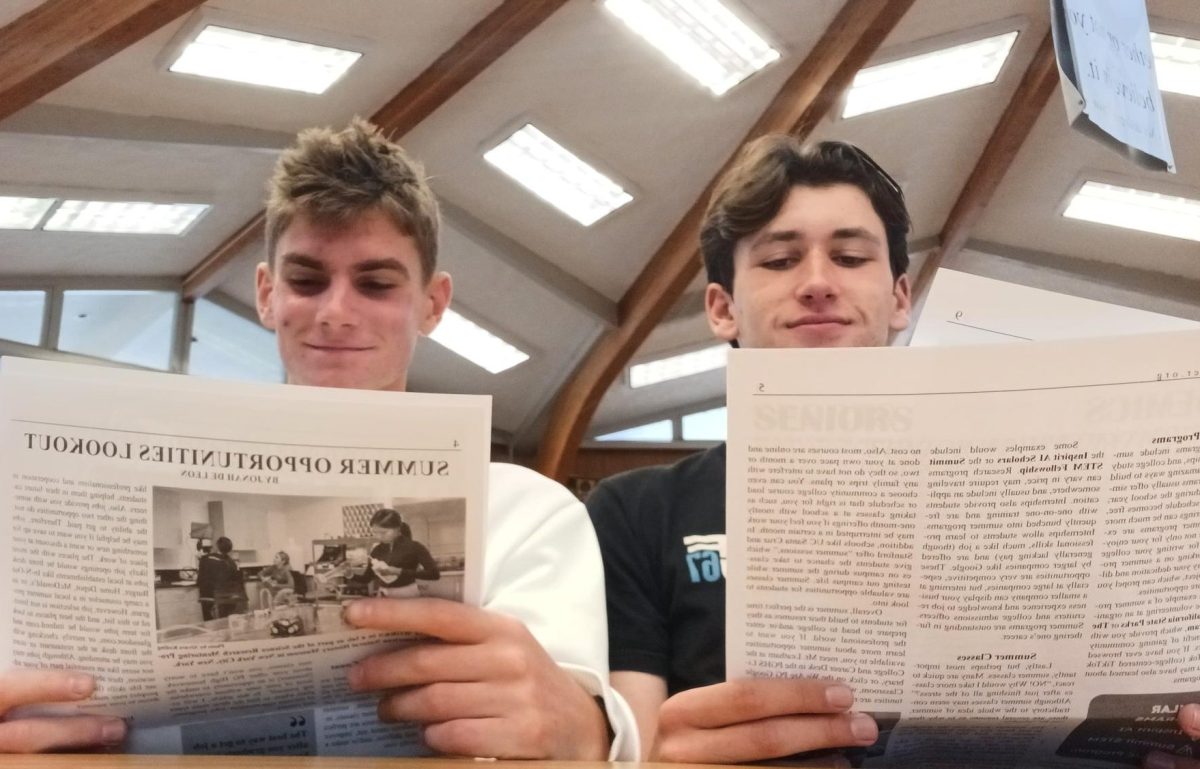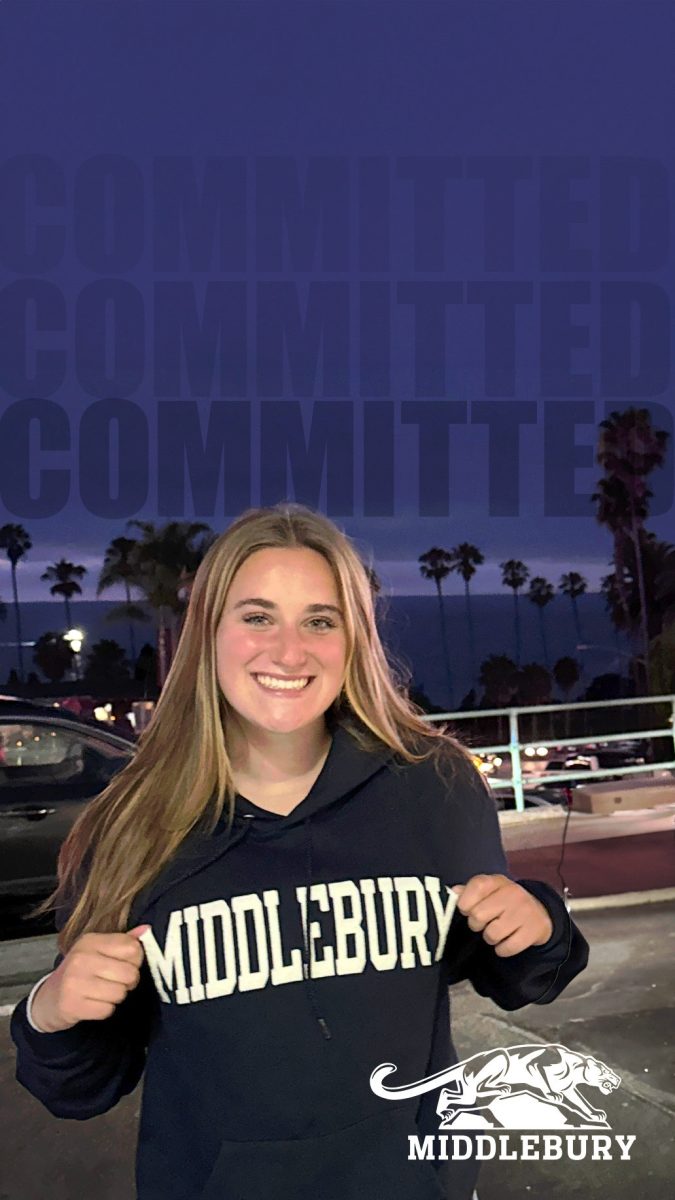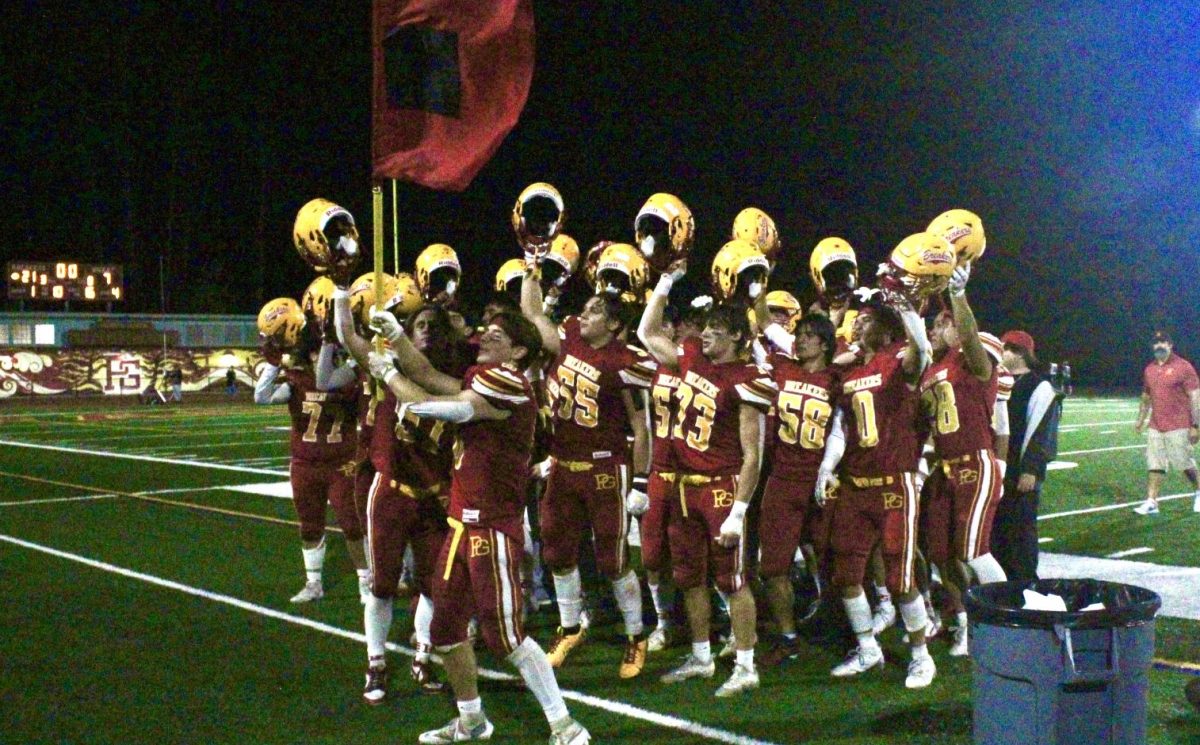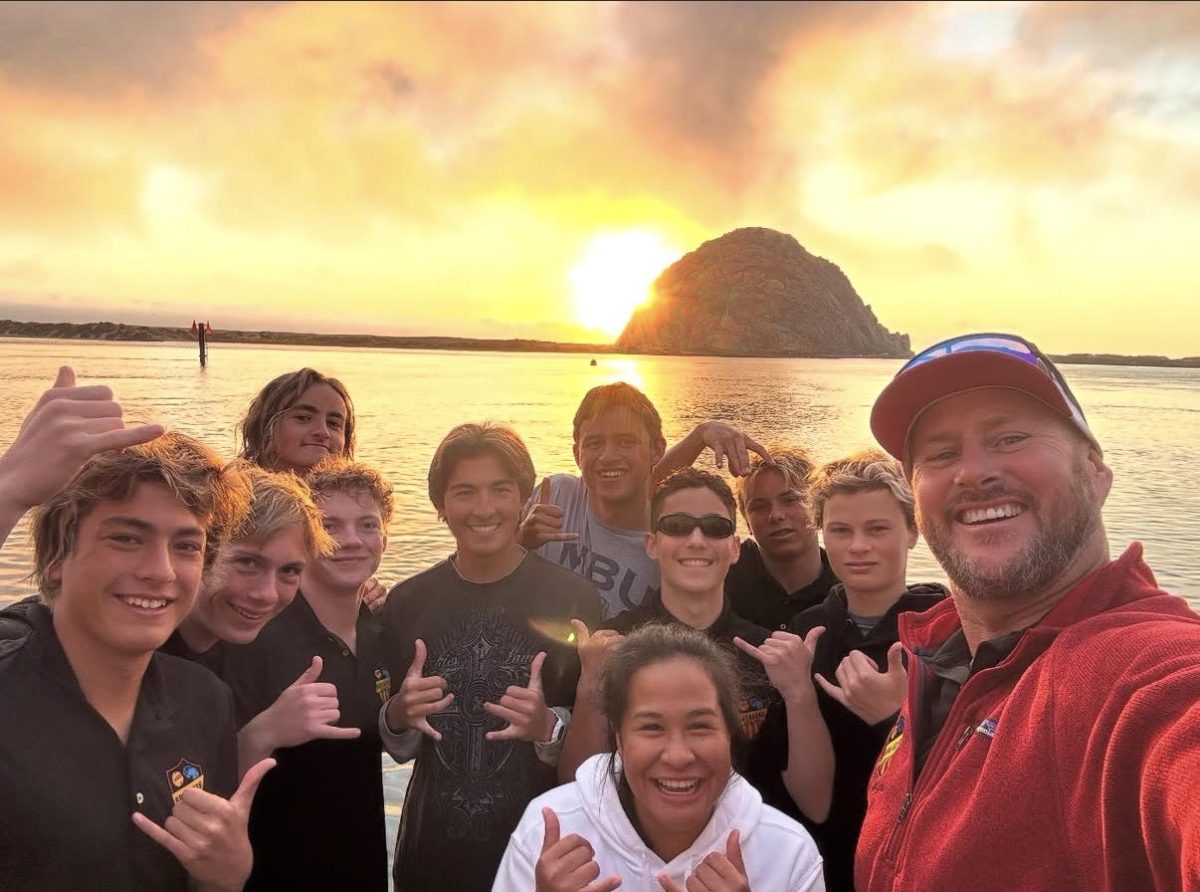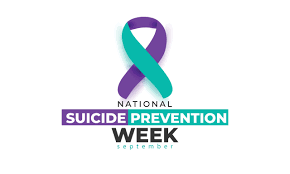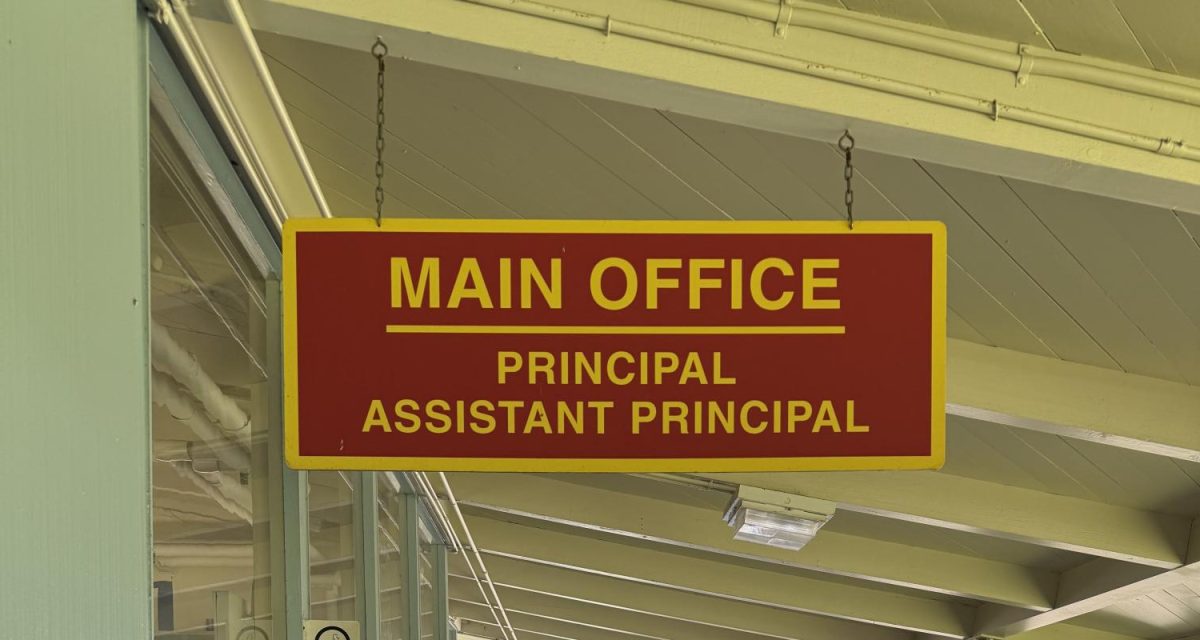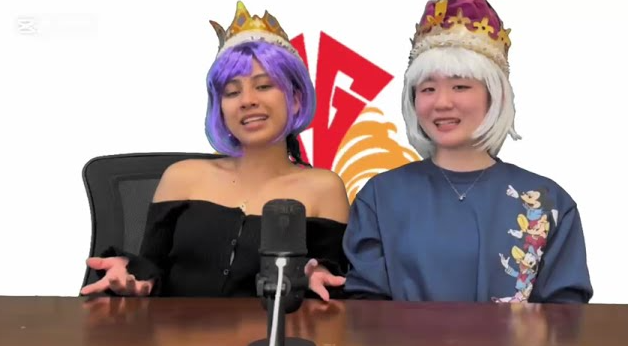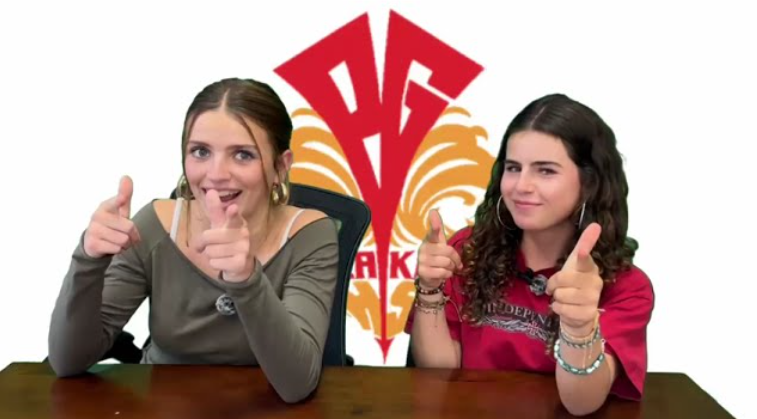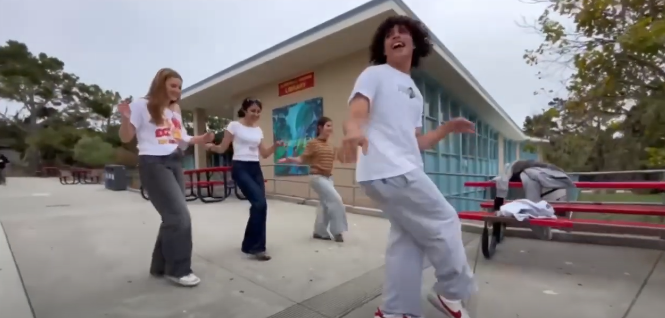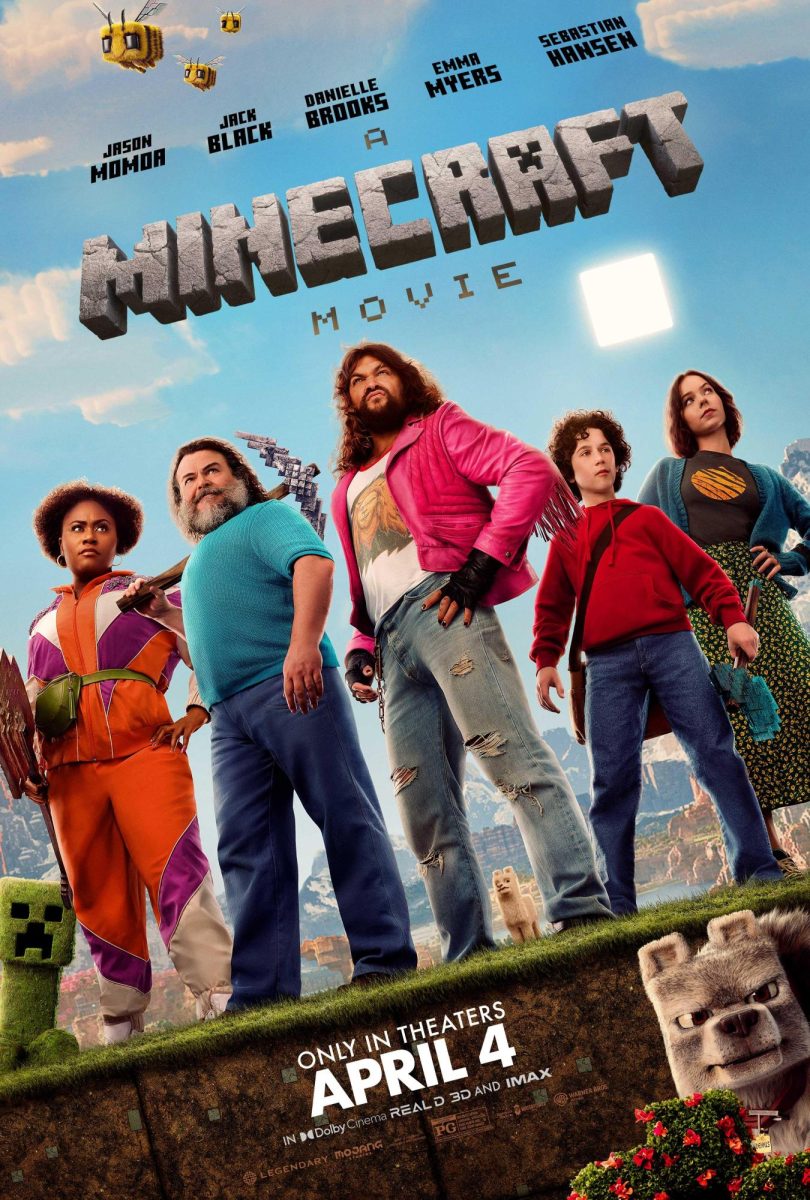The long-awaited Minecraft Movie has finally arrived, and it’s causing waves. The film, which was released earlier this month, got off to a somewhat rocky start with critics, but still managed to rake in over $313 million globally on opening weekend. While the film garnered only a 48% Rotten Tomatoes rating, box office figures suggest audience interest—and loyalty to the video game—is well and alive.
Initial response to the trailer for the film was underwhelming. The decision to turn the iconic, blocky, pixelated universe of Minecraft into live-action was criticized by fans. Especially harshly criticized were the villagers with their unsettling, almost human designs. Individuals were also upset by the film’s plot, which some described as an unoriginal mish-mash of Jumanji and various adventure film tropes. These first impressions led to over one million dislikes on YouTube trailers even before the film was released.
However, the film’s release flipped the script. While critics still remained unimpressed, younger audiences—particularly Gen Z and Gen Alpha audiences—embraced the movie with open arms. Screenings at most theaters turned into interactive experiences, with audiences dressing up, quoting dialogue, and performing scenes alongside the actors. The now-iconic “Chicken Jockey” scene, in which a zombie rides a chicken into battle, was a viral hit that helped make the film a success online.
Director Jared Hess acknowledged the surprise reaction in recent interviews. He referred to the fan-driven energy as “a bonanza,” comparing it to cult classics where audience participation is a part of the fun. This participation can perhaps explain why the popularity of the film sees no signs of abating, despite its flaws. The film’s connection to its source material and the devotion of its fanbase turned it into something beyond a movie—a communal event.
The surprise success of A Minecraft Movie is all part of a larger trend within entertainment. As superhero fatigue sets in, video game adaptations are becoming more popular. The trend suggests that there is a change in Hollywood, with studios betting more than ever on established gaming franchises with built-in audiences. Whether the sequel to the movie will be able to keep the momentum going or not remains to be seen, but for now, Minecraft has managed to build itself into Hollywood.


